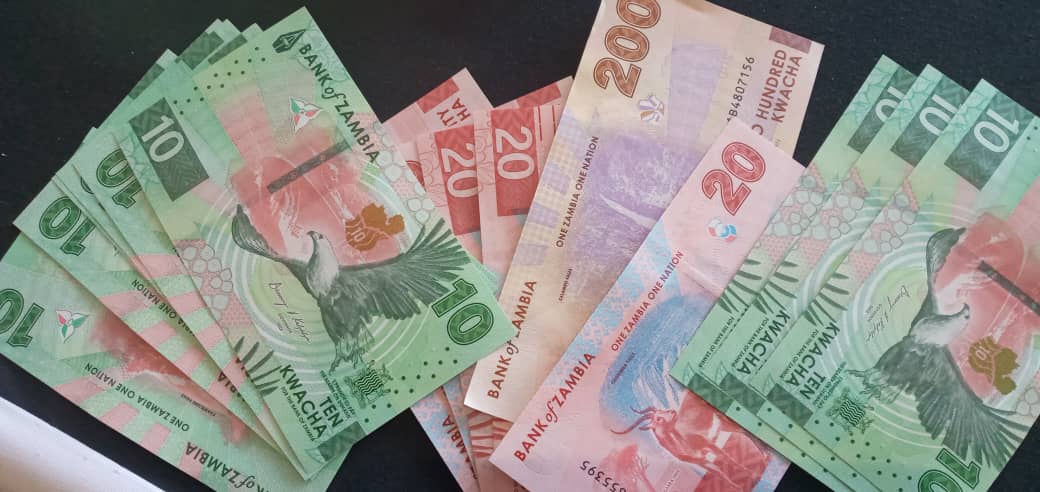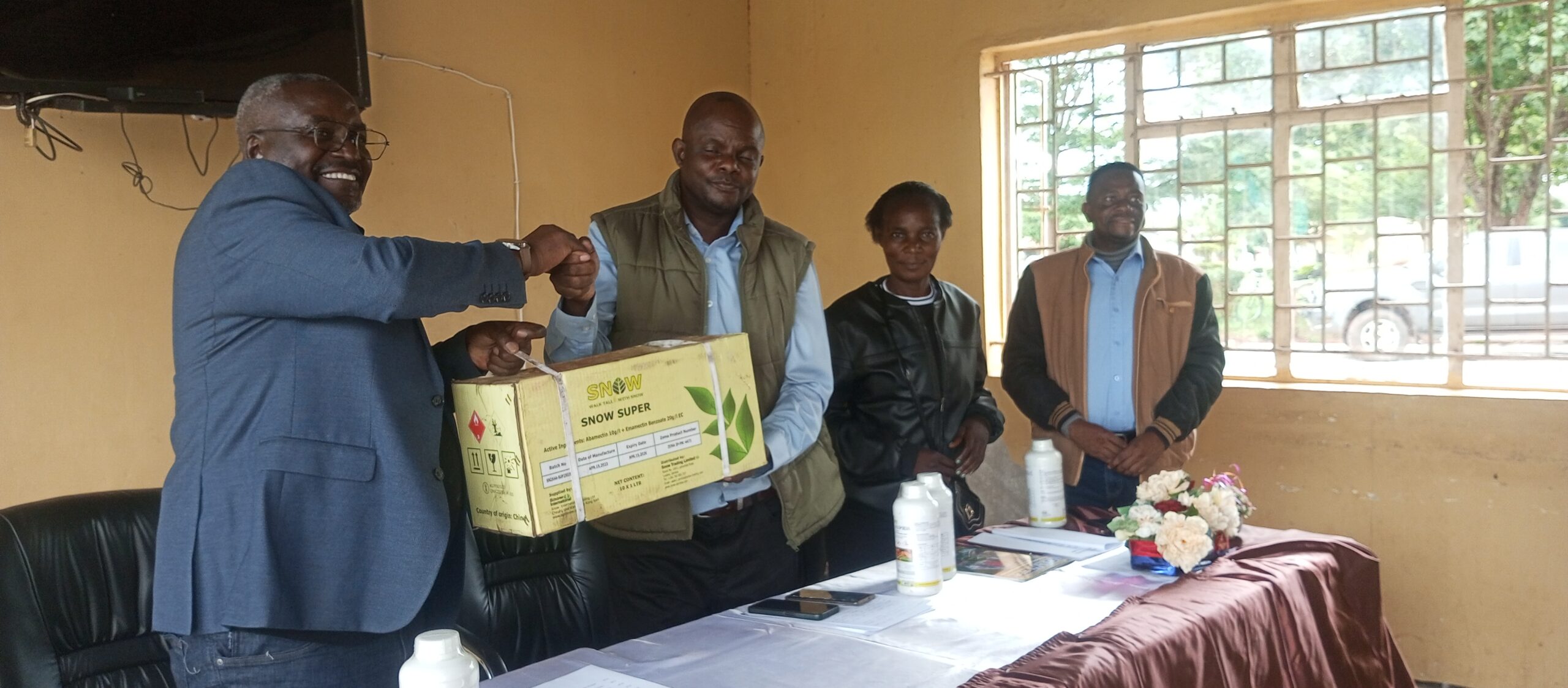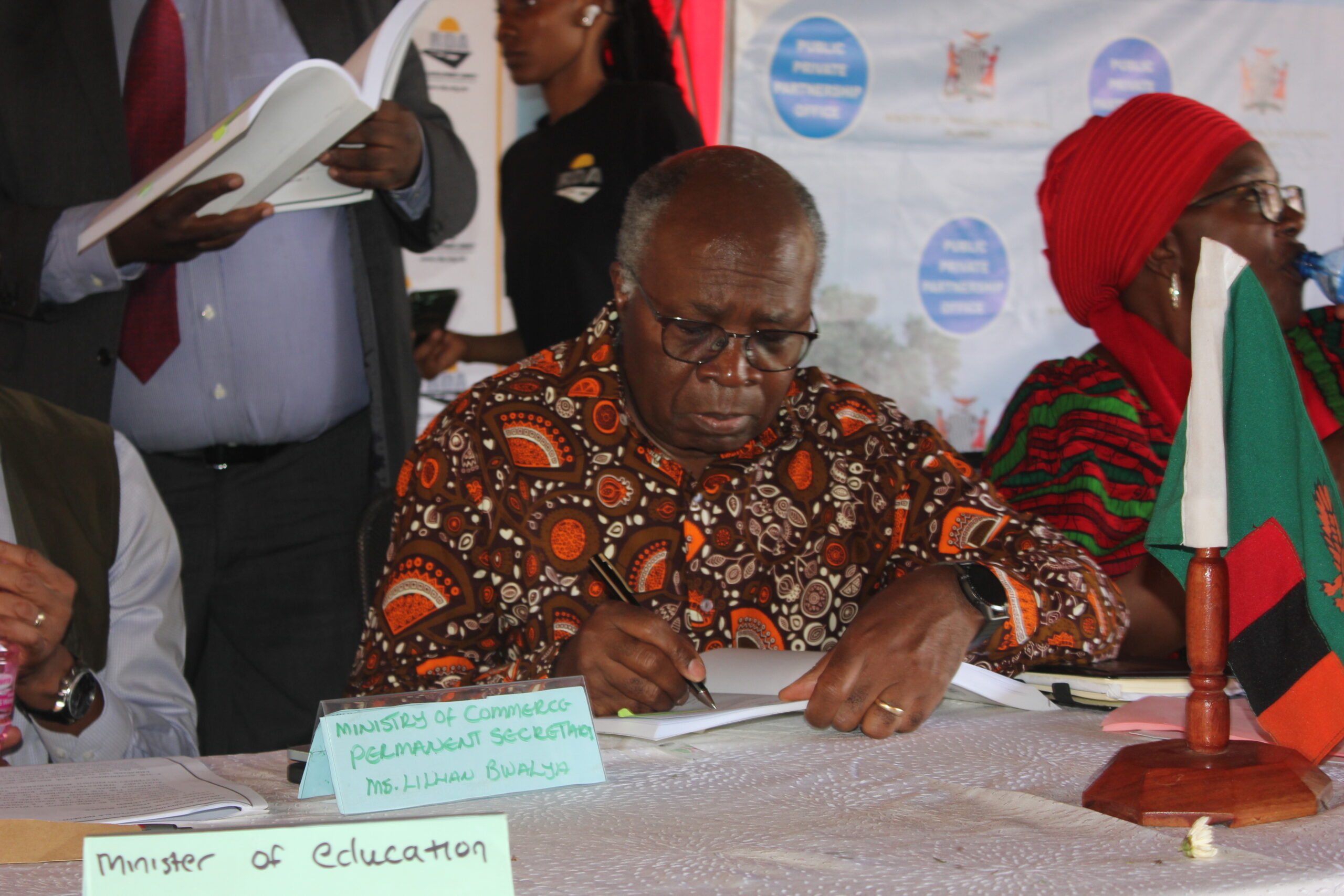By Zuneid Yousuf, Chairman, African Green Resources and Zumran Group
Founded in 2018 and with trade commencing in January of this year, the African Continental Free Trade Area (AfCFTA) is the largest free trade area in the world, covering over 1.3 billion people across more than 50 countries. Key goals of the agreement include eliminating intra-African trade tariffs and therefore increasing free trade flows throughout the continent, lifting millions of people out of extreme poverty, diversifying exports, and attracting foreign direct investment into an area of the world with so much economic potential.
Global Director of Trade, Investment, and Competitiveness at the World Bank, Caroline Freund, said of the AfCFTA that it would be a ‘huge step forward for Africa, demonstrating to the world that it is emerging as a leader on the global trade agenda’. The United Nations Economic Commission for Africa (UNECA) estimates that intra-African trade can be boosted by 52% with this free trade area, meaning that reliance on traditional export flows is set to decline. This, in turn, sows the seeds for a boost in intra-African trade and a subsequent boost to African agricultural practices as a new internal market (much like the European Union) has been created for such products.
According to the World Bank, Zambia is set to see an increase in its annual income by around 5% as a direct result of the new free trade area. The introduction of this trade agreement and the new administration’s aims to liberalise Zambia’s economy are set to perfectly align with one another.
There is a clear overlap between the agreement’s ambitions to increase intra-regional trade flows, directly benefiting smallholder farmers and President Hichilema’s economic modernisation plans. These include assisting farmers by investing in agricultural modernisation projects and lowering the cost of key equipment and materials such as fertiliser. Smallholder farmers are at the centre of Zambia’s economy and deserve to directly benefit from such developments.
Speaking after winning the recent election, President Hichilema asserted that ‘in agriculture, we will work to enhance production, agricultural extension services, market access, value addition and lowering the cost of input’.
Coming from a humble farming background, Hichilema clearly understands changes that need to be made to smallholder farming in the country. His government have outlined plans to lower the cost of a 50kg bag of fertiliser from 800 Kwacha (over 40 US dollars) to just 250 Kwacha (less than 14 dollars). With such changes, the production of food such as maise will further increase, making the country even more food-secure despite global issues such as drought, associated with climate change, hindering crop yields. This is further good news given that an estimated 22% of the Zambian population face food security issues according to the Integrated Food Security Phase Classification (IPC) 2020/2021 outlook report.
The World Bank’s outlook scenarios for the future of African trade have positives for all nations involved. Specifically for Zambia, the Agricultural Policy Research and Outreach Institute (APRI) has outlined a range of benefits that the Zambian people (especially smallholder farmers) will see from the agreement. The abundance of crops such as maise will massively boost Zambia’s export market, especially when considering the government’s plans to maximise the potential of the country’s agricultural practices through incentives such as reducing the cost of fertiliser and modernising farm equipment.
The elimination of tariffs and barriers to trade have created a new, promising international market for Zambian farmers that will likely ‘increase farmer incomes, grow small and medium agro-enterprises involved in grain trade, and create local employment within the grain value chain’ according to the APRI.
The company I chair, African Green Resources (AGR), helped to pioneer this approach, including partnerships with organisations like US-based African Fertiliser and Agribusiness Partnership (AFAP). Putting Zambian farmers at the centre of our plans, we support farmers and smallholders, connecting them with suppliers and producers, providing access to markets, value addition, and finance. The above partnership, for instance, has turned 125,000 hectares of land into a greenbelt, enabling around 250,000 smallholder farmers to benefit and cultivate the land.









Leave a Reply